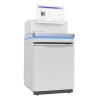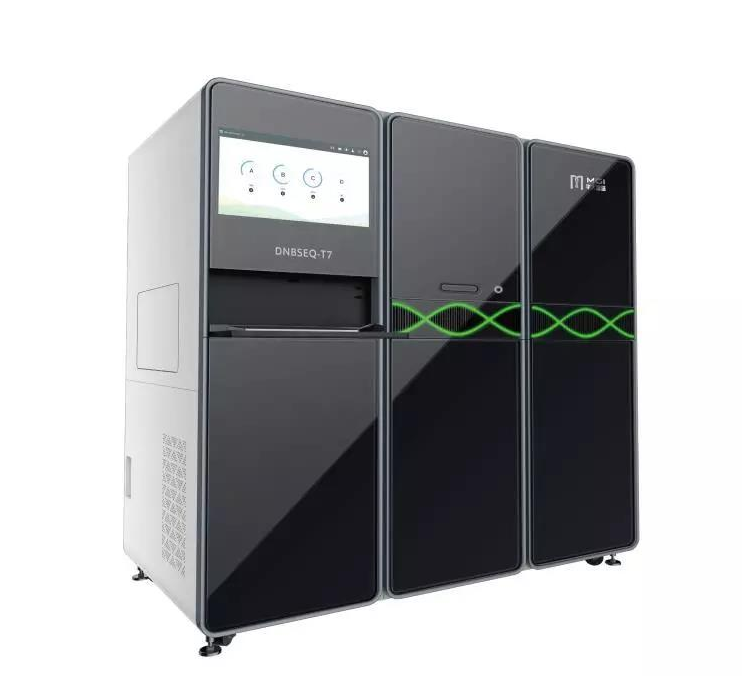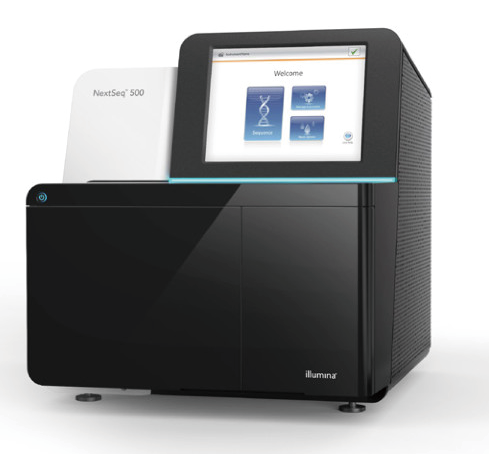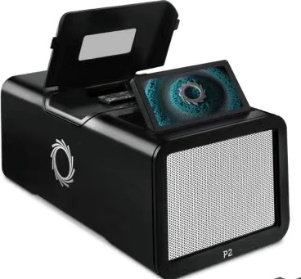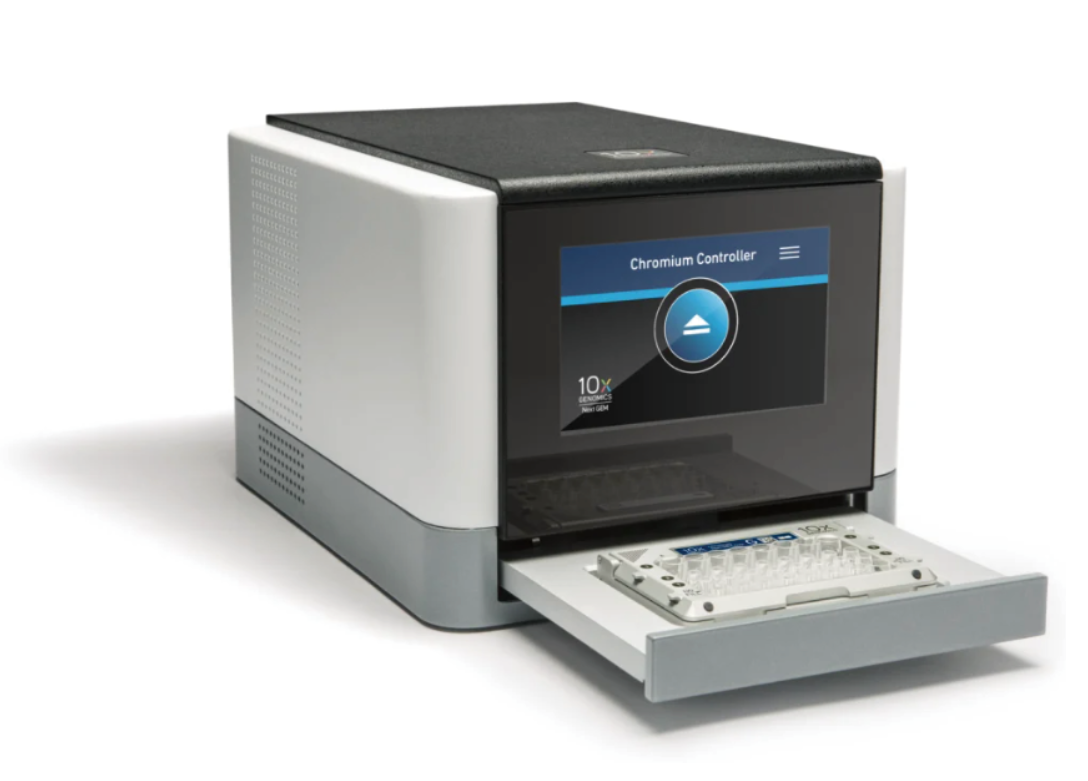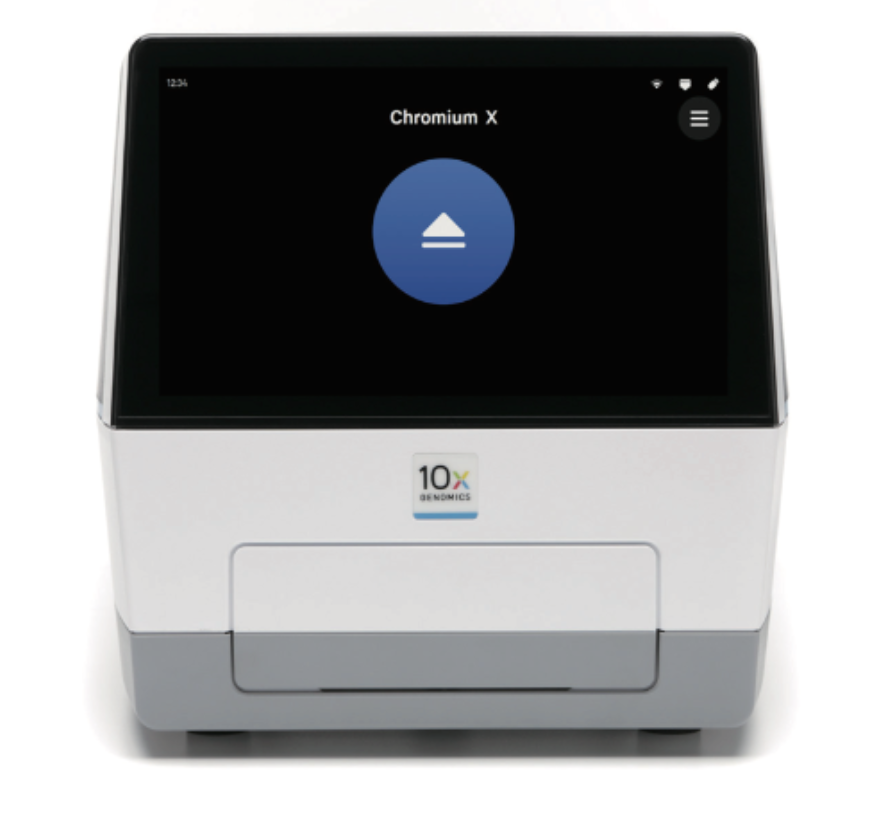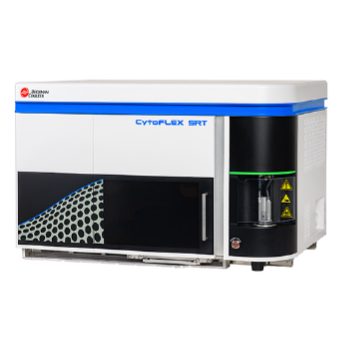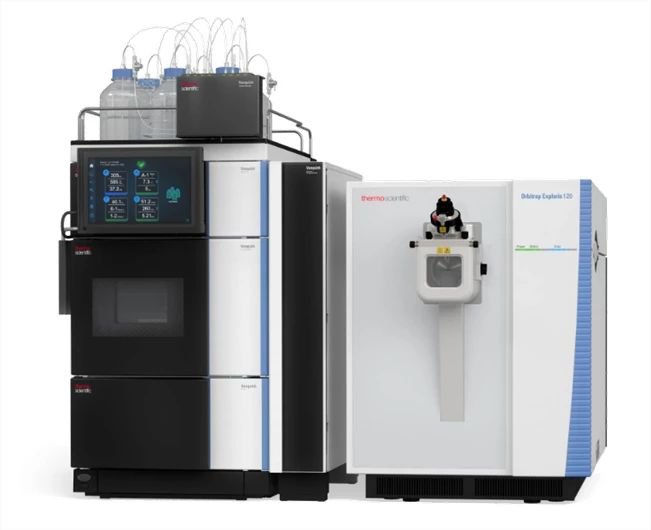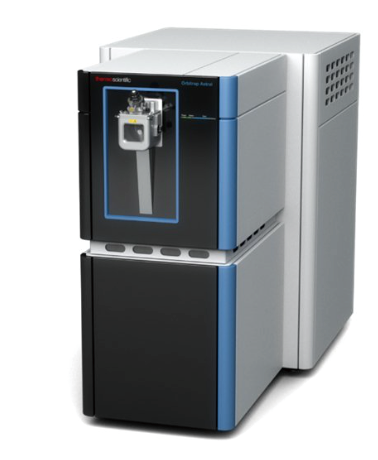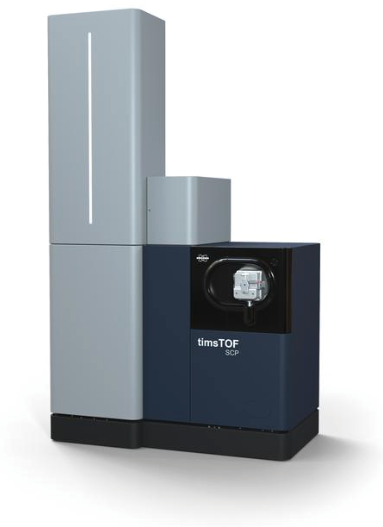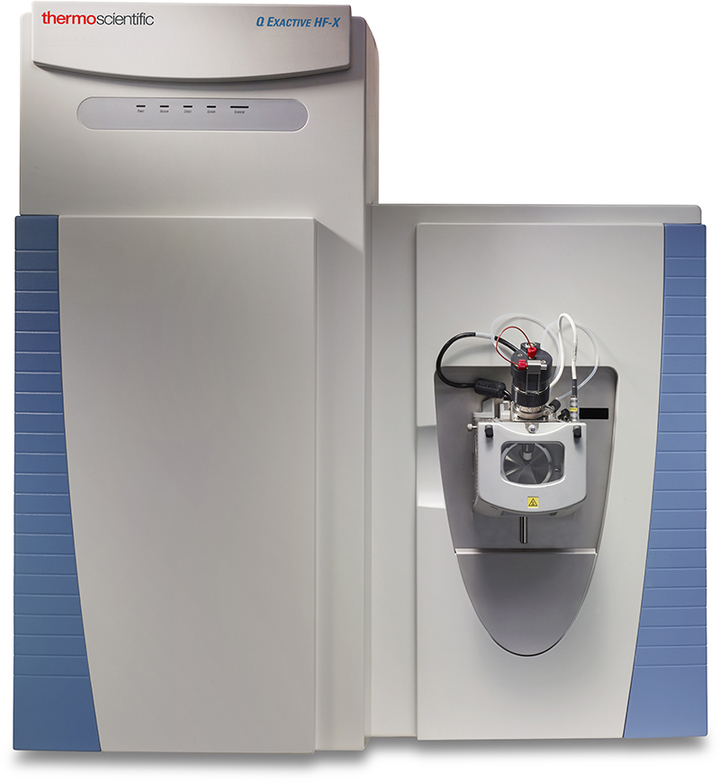Abstract:
Background: The sediment hosts a variety of fungal species in water supply reservoirs; however, the taxonomically and functionally diverse fungal populations have remained vastly unexplored. Here, quantitative PCR (qPCR) and recently developed high-throughput 454 GS FLX pyrosequencing were combined to investigate the abundance and diversity of sediment fungal communities in three water supply reservoirs.
Results: These results revealed 1991, 2473, and 2610 copies of the 18S rRNA gene in the sediments from the ZC, SBY, and JP reservoirs, respectively. The fungal abundance in JP reservoir was 1.31 times higher than that of the ZC reservoir. In general, 43123 reads were recovered, corresponding to 945 distinct molecular operational taxonomic units (OTUs, 97% similarity cut-off level). The majority of the fungal nuclear ribosomal internal transcribed spacer (ITS) region sequences were affiliated with Ascomycota, Chytridiomycota, Basidiomycota, Glomeromycota, and Mucoromycotina. The highest Chao 1 index (962) was observed in the JP reservoir, and this value was 5.66 times greater than that of the SBY reservoir. Heat map analysis showed that Rhizophydium (relative frequency 30.98%), Placidium (20.20%), Apophysomyces (8.43%), Allomyces (6.26%), and Rhodotorula (6.01%) were the dominant genera in the JP reservoir, while Elaphomyces (20.0%) was the dominant genus in the ZC reservoir and Rhizophydium (30.98%) and Mattirolomyces (39.40%) were the most abundant in the JP and SBY reservoirs. Glomus sp. was only found in the JP reservoir. Furthermore, the larger proportions of “unassigned fungi” call for crafting International Nucleotide Sequence Database. Principle component analysis (PCA) and network analysis also suggested that tremendously diverse functional fungal populations were resident in the sediments of the three water supply reservoirs. Conclusions: Thus, the results of this research suggest that the combination of high-throughput Roche 454 GS FLX pyrosequencing and qPCR is successfully employed to decrypt reservoir sediment fungal communities. Diverse fungi occur widely in the sediments of water supply reservoirs. These findings will undoubtedly broaden our understanding of reservoir sediment fungal species harbored in this freshwater stressful environmental condition. Future research should be conducted to determine the potential for fungi to degrade complex pollutants and their secondary metabolites related to the water quality.
Keywords: Fungal population, 454 GS FLX pyrosequencing, 18S rRNA gene, Glomus sp, Quantitative PCR



